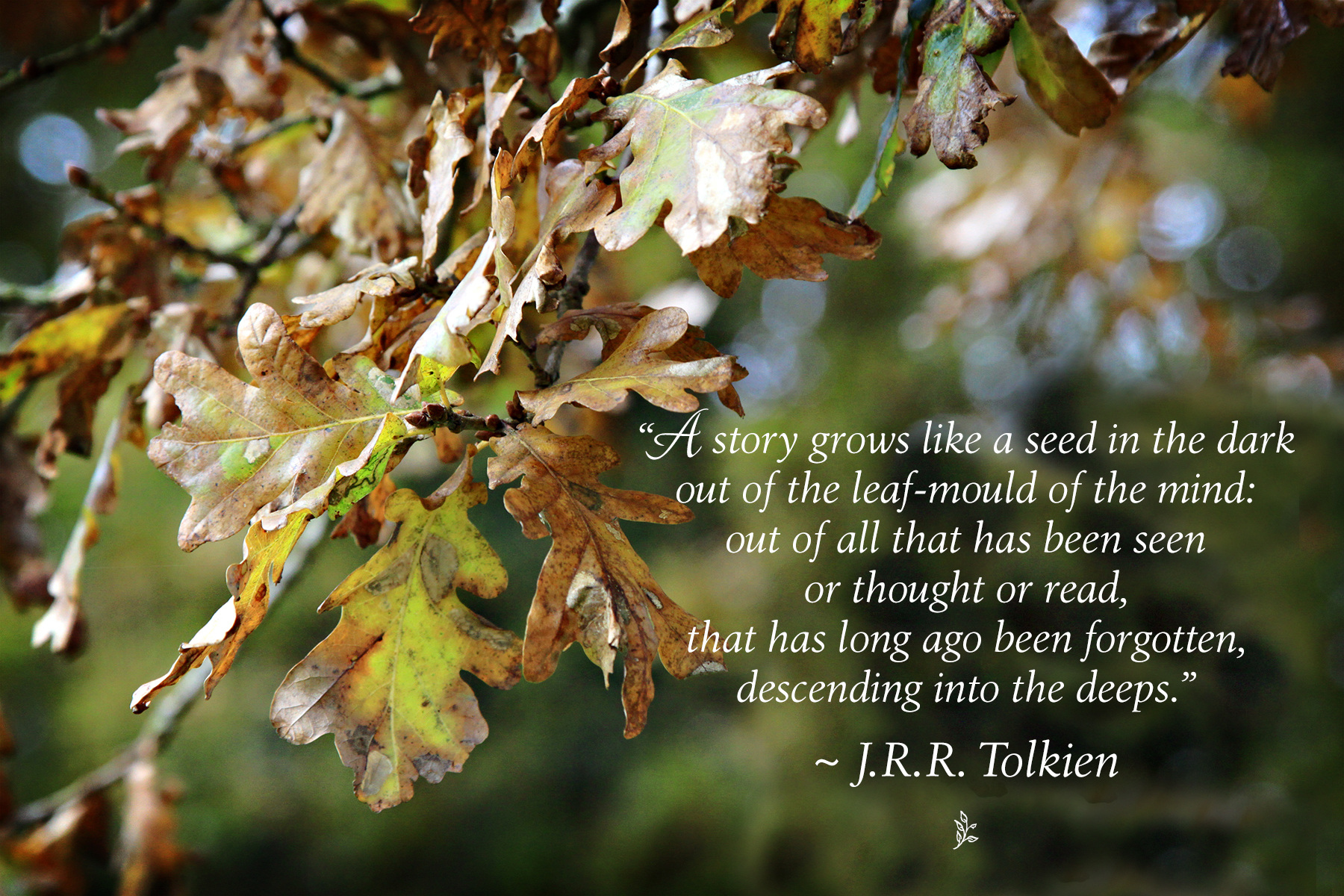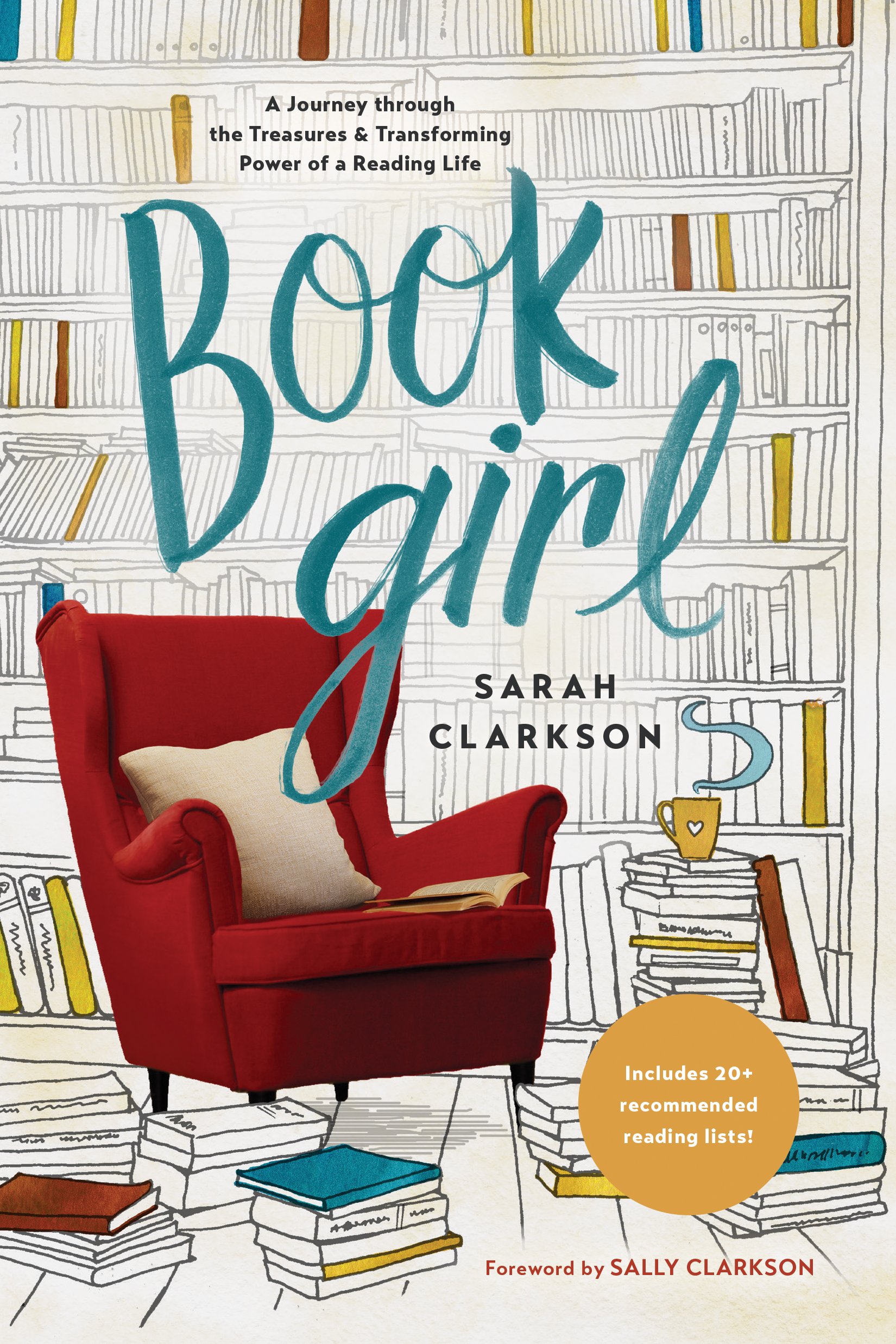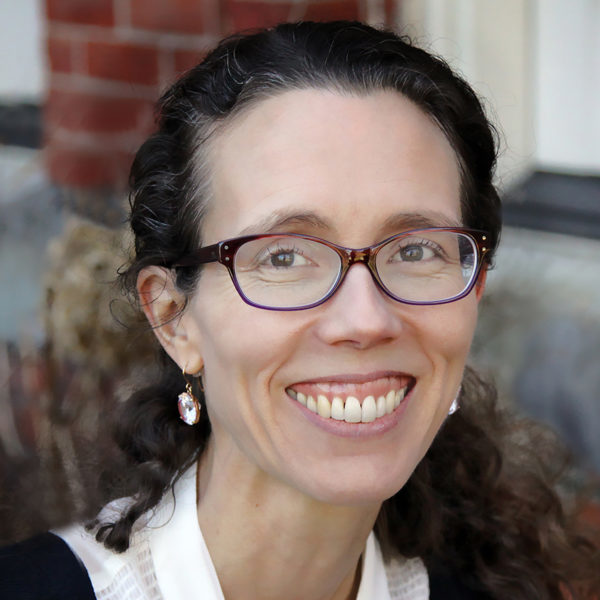(Some Thoughts on Book Girl, Leaf-Mould, and Giant Tomatoes)
This is my third garden. My first I planted 17 years ago in a rental house that I absolutely loved. It had two rose bushes and a few leafy greens. It lasted two years. Then I moved and had a baby, and it was 14 years later that I planted my second garden. I used the vegetable beds that came with my new-to-me house. My tomatoes were scraggly and bore hardly more than a dozen, mostly tasteless, fruits each. My kale was eaten by bugs, and my chard bolted. I gave up in disgust and let the beds grow over with grass and weeds while I focused again on raising children rather than food.
But those children wanted a garden. This spring he oldest (he’s 14) built four beautiful new raised beds out of salvaged lumber. The youngest (8-year-old twins) carefully planted 12 different kinds of seeds in egg cartons and potting soil, which we set in a south facing window until we could plant them out in the beds. A month or so later, my 11-year-old daughter and I transplanted our fragile little starts.
From such humble and inauspicious beginnings came a garden that feels like grace, like the kindness of God to beginners.
The beets are the size of softballs, the kale and chard are thriving, we’ve harvested and re-sown two rounds of lettuces, and my tomatoes are seven feet tall. I am not kidding. It’s a flipping tomato jungle out there. I have to keep cutting them back so they don’t overgrow the paths between the beds. When I got home from vacation, it felt like that joyful scene in Prince Caspian when Lucy finds grapevines winding up her legs, and when she pushes her hair out of her face, she discovers she’s pushing back grape leaves. Only my laughable abundance is with tomatoes.
My friends marvel at my garden. But it’s not me. It’s the soil. To fill those four beds, I trucked in two cubic yards of topsoil. It’s nutrient rich and bug- and disease-free. Soil is essential to plants. It’s quite literally the ground in which they grow. The glacial till which comprises the “soil” of most of my yard is hard, dusty, rocky, and bereft of the nutrients required for healthy fruits, vegetables, and flowers, which explains why I haven’t had much success till now. But with that new topsoil, my plants are thriving. They’re more than thriving. They’re reaching for the sky with abandon and joy.
In a letter to a friend, J.R.R. Tolkien once wrote that a story “grows like a seed in the dark out of the leaf-mould of the mind: out of all that has been seen or thought or read, that has long ago been forgotten, descending into the deeps.”[1] My garden is thriving because it has good soil—it is rich in leaf-mould, the detritus of living things long dead, buried, and decayed, returning their nutrients to the earth and making new life possible. Tolkien’s metaphor is apt: just as a garden’s soil determines the health of its plants, so, too, the soil of our minds determines the quality of the stories we are able to tell.
And the stories we are able to live—because life is also a story, and if we want to write a true, good, beautiful story with this one life we’ve been given, we need to cultivate rich “leaf-mould of the mind.”
But how? Tolkien gives us the answer. Leaf-mould builds by “all that has been seen or thought or read.” The richer the thoughts, images, and ideas we feed our minds, the richer the soil in which the story of our life can grow. And where do we find rich thoughts, images, and ideas? In good books, of course. Books are the leaf-mould of our minds.
Sarah Clarkson’s Book Girl is a celebration of leaf-mould. It is the literary equivalent of my cascade of tomato vines—a joyful, thriving, abundant revelry in all things bookish. The story Sarah is writing with her life springs from the soil of the stories her mother read to her as a baby in the womb, the stories she read as a growing girl, an angsty teen, an idealistic young woman, and the stories she now reads as a new mother. In Book Girl she shares those stories—the books that have most deeply affected her and how they imparted hope, courage, joy, determination, confidence, faith. In sharing her own story about the books that have become the leaf-mould of her heart, mind, and soul, she creates the very kind of book she writes about, one capable of instilling joy, inspiring hope, renewing courage and faith.
As Sarah says, “An open book opens possibilities to its reader that are startling in their power….Words make worlds, and the more words we encounter, the richer our concept of the world becomes, the more we are able to see what is possible….Reading gives us the capacity not just to experience reality but to name it, shape it, and do something to change it.”[2]
In other words, the books we read become the soil in which our lives grow.
The richer our reading, the richer our soil; the richer our soil, the richer our lives. We do not thrive in glacial till any more than my tomatoes did. But layer on stories rich with imagery, setting, character, symbolism—and leaf-mould begins to build, working its way into the depths of our souls, making it possible for us to grow in goodness and love, in both senses of that phrase. We grow in the soil of goodness and love because those qualities are present in the books we read. We also grow in our capacity to enact goodness and love because we are drawing those qualities up from the leaf-mould of our souls and offering them to people in desperate need of them.
Reading well, it turns out, is an act of love. Far from being a selfish, solitary recreation, reading well enriches our soul’s soil, deepens our roots, and produces a bumper crop of spiritual fruit. That it is also enjoyable is part of the lavish kindness of God who gives good gifts without money and without price and who invites us to be like Him in our loving.
So, if you want to grow tall and lush like my tomatoes, reaching rapturously for the sky, get yourself a copy of Book Girl. In addition to showing the beautiful fruit of a well-read life, the book includes annotated lists of hundreds of good books to feed the soil of your soul. And believe me, after Sarah’s finished waxing lyrical about them, you’ll want to read every single one. Her words kindled in this book girl’s bookish heart a renewed love for stories, for reading, for the joy of books. I’m certain it will do the same for you.
[1] J.R.R. Tolkien, quoted in Diana Glyer, Bandersnatch: C.S. Lewis, J.R.R. Tolkien, and the Creative Collaboration of the Inklings (Kent, Ohio: Black Squirrel Books, 2016), 154.
[2] Sarah Clarkson, Book Girl: A Journey through the Treasures and Transforming Power of a Reading Life (Carol Stream, Illinois: Tyndale Momentum, 2018), 41-43.
K. C. Ireton is a multi-published author of both fiction and nonfiction books, including The Circle of Seasons: Meeting God in the Church Year and A Yellow Wood and Other Stories. She and her daughter, Jane, co-host Lantern Hill, a podcast for people who love books, children, and God. Visit kcireton.com to learn more about her work and download the first two chapters of her most recent book. Or visit her on Substack at kcireton.substack.com, where she publishes stories and liturgies.
Leave a Reply
A Field Guide to Cultivating ~ Essentials to Cultivating a Whole Life, Rooted in Christ, and Flourishing in Fellowship
Enjoy our gift to you as our Welcome to Cultivating! Discover the purpose of The Cultivating Project, and how you might find a "What, you too?" experience here with this fellowship of makers!



Add a comment
0 Comments